Feature
- VISIT YAMAGATA
- Feature
- [Feature] Benibana Culture! Safflower in Yamagata
[Feature] Benibana Culture! Safflower in Yamagata
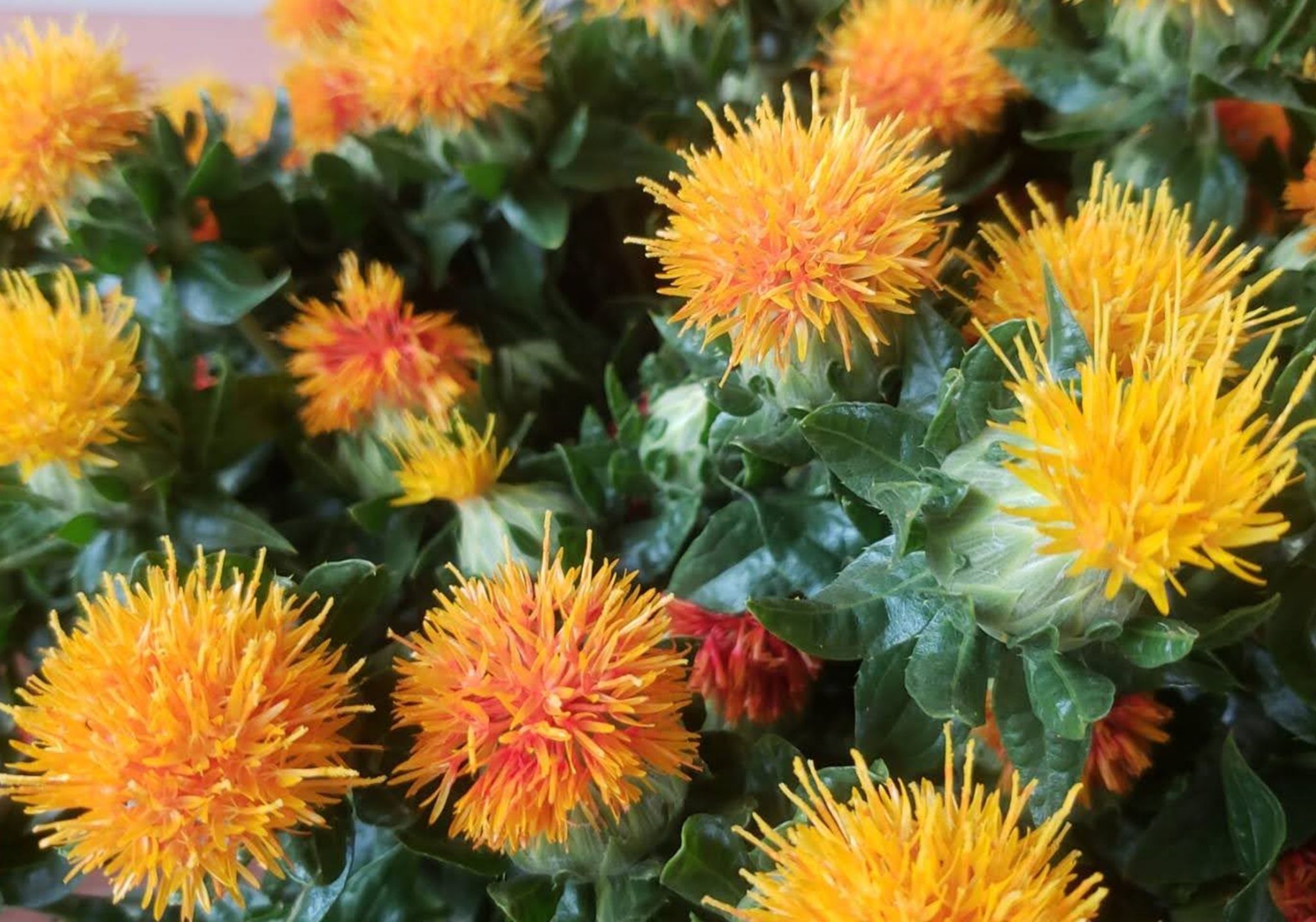
Safflower, or benibana, is said to bloom for “one-half summer”, and usually blooms on the 11th day from the summer solstice.
It is a mysterious and mysterious plant that has the habit of blooming all at once.
Since ancient times, Yamagata has been a region of active safflower cultivation, and you can still see some in the areas along the Mogami River.
In July, why not experience the safflower season, a part of the culture of Yamagata?
* Business hours and closed day information may have changed due to COVID-19.
For more information, please contact the shop directly.
1. Yamagata and safflower
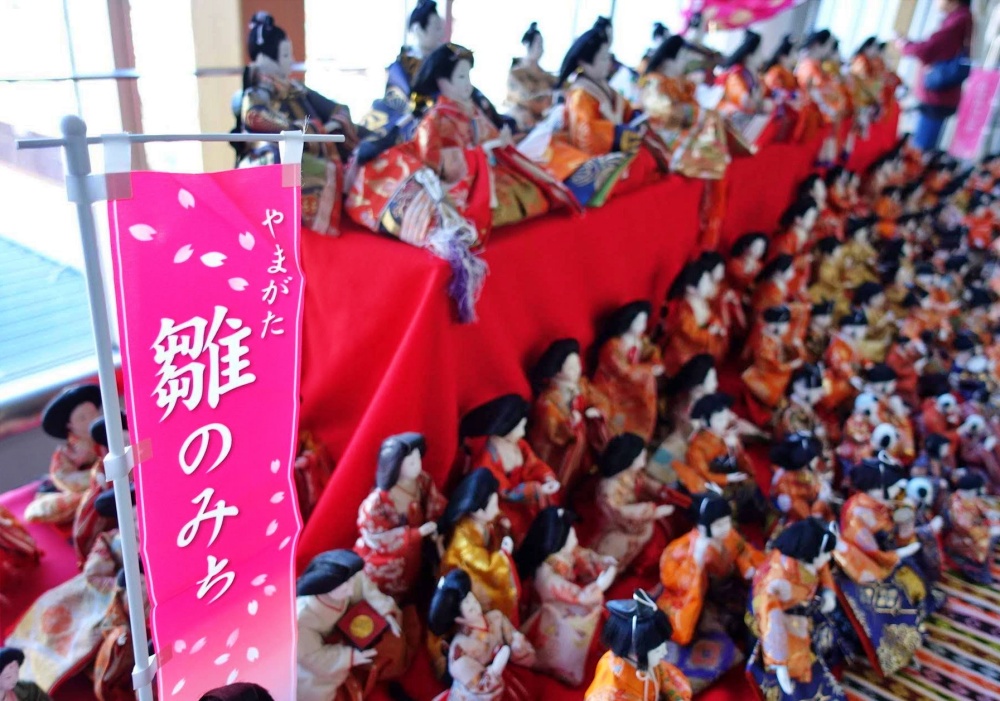
Safflower is the prefecture flower of Yamagata.
The high-quality safflower, which was once called “Mogami safflower,” was sent to Kyoto and Osaka as raw materials for dyes and lipsticks.
The wealth and culture brought back through this safflower trade still remain in various parts of Yamagata Prefecture.
For example, the Hina doll from the old family were brought back from Kyoto.
Every February, an event called “Yamagata Hina no Michi” is held to display the Kanei and Kyoho chicks that have been passed down from generation to generation.
Also, the famous Hanagasa summer festival actually reproduces the state of the safflower field.
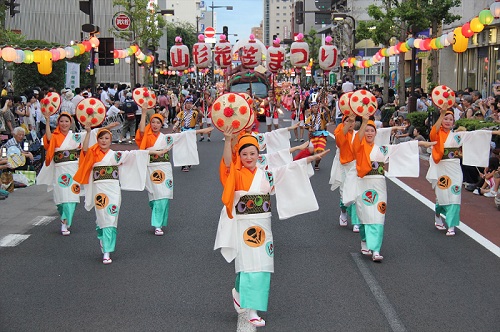
2. Experience safflower dyeing!
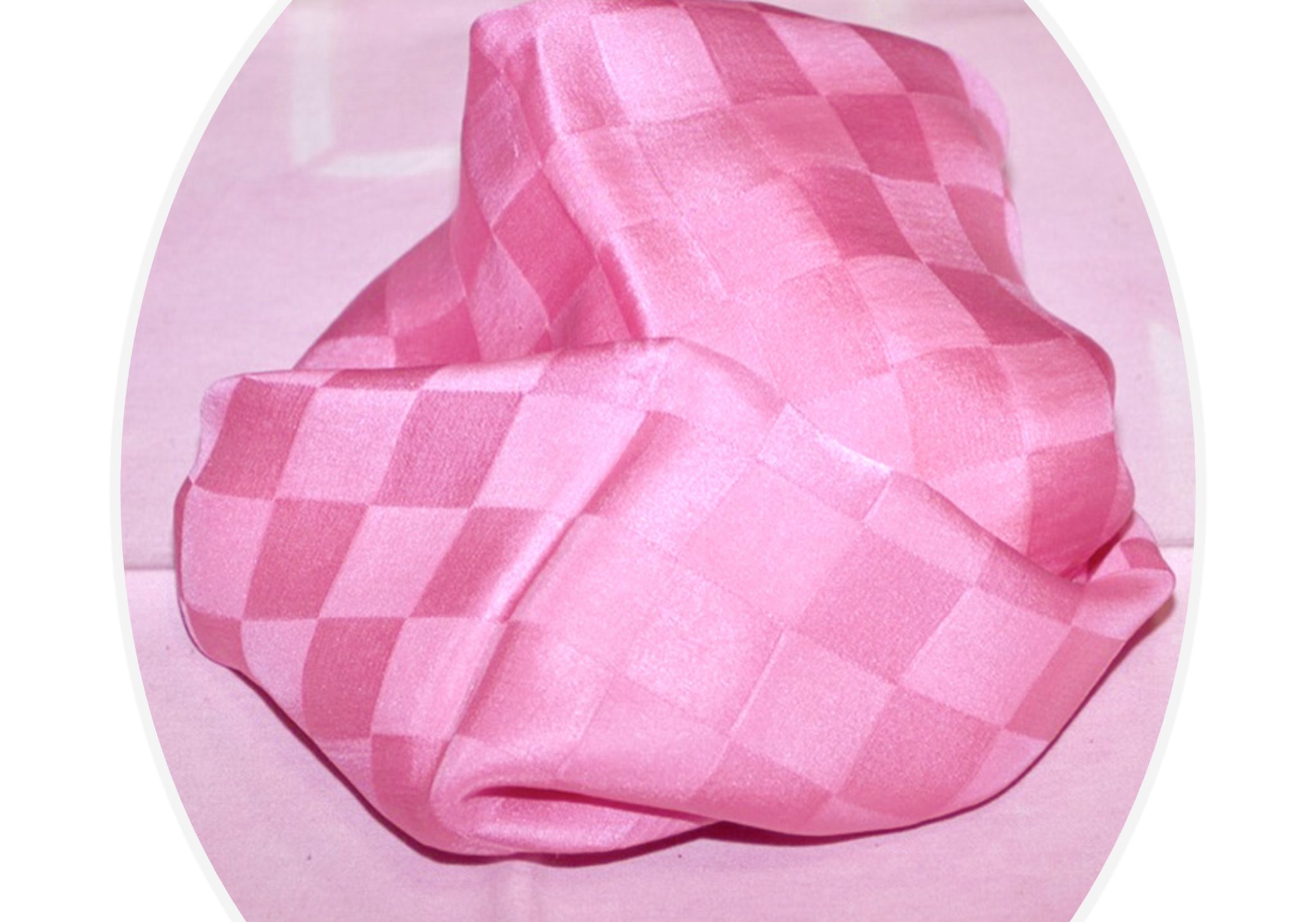
The biggest attraction of safflower is the bright crimson color extracted from the flower.
The red pigment that can only be taken from 1% of a flower is very valuable. * It was 100 times more expensive than rice and 10 times more expensive than gold back in the safflower trading days.
*Beni-mochi is a product obtained by removing the yellow pigments and then rolling and drying the rest.
The deeper the red was the more expensive it would be, and the common people were prohibited from using safflower on their clothes.
The only color that was not forbidden was the ikkozome light pink.
※ Please refer to the coloring sample below.
Although chemical dyes have become the mainstream due to the time being cheap, the beauty of natural safflower dyeing has a taste that chemical dyes do not have.
In Yamagata, you can try safflower dyeing all-year-round.
Why don’t you make yourself a beautiful safflower-dyed handkerchief for your travel memories?
So, before introducing the activity facilities, I will briefly explain safflower dyeing.
The biggest attraction of safflower is the bright crimson color extracted from the flower.
The red pigment that can only be taken from 1% of a flower is very valuable. * It was 100 times more expensive than rice and 10 times more expensive than gold back in the safflower trading days.
*Beni-mochi is a product obtained by removing the yellow pigments and then rolling and drying the rest.
The deeper the red was the more expensive it would be, and the common people were prohibited from using safflower on their clothes.
The only color that was not forbidden was the ikkozome light pink. * Or so it is said.
※ Please refer to the coloring sample below.
Although chemical dyes have become the mainstream due to the time being cheap, the beauty of natural safflower dyeing has a taste that chemical dyes do not have.
In Yamagata, you can try safflower dyeing all-year-round.
Why don’t you make yourself a beautiful safflower-dyed handkerchief for your travel memories?
So, before introducing the activity facilities, I will briefly explain safflower dyeing.
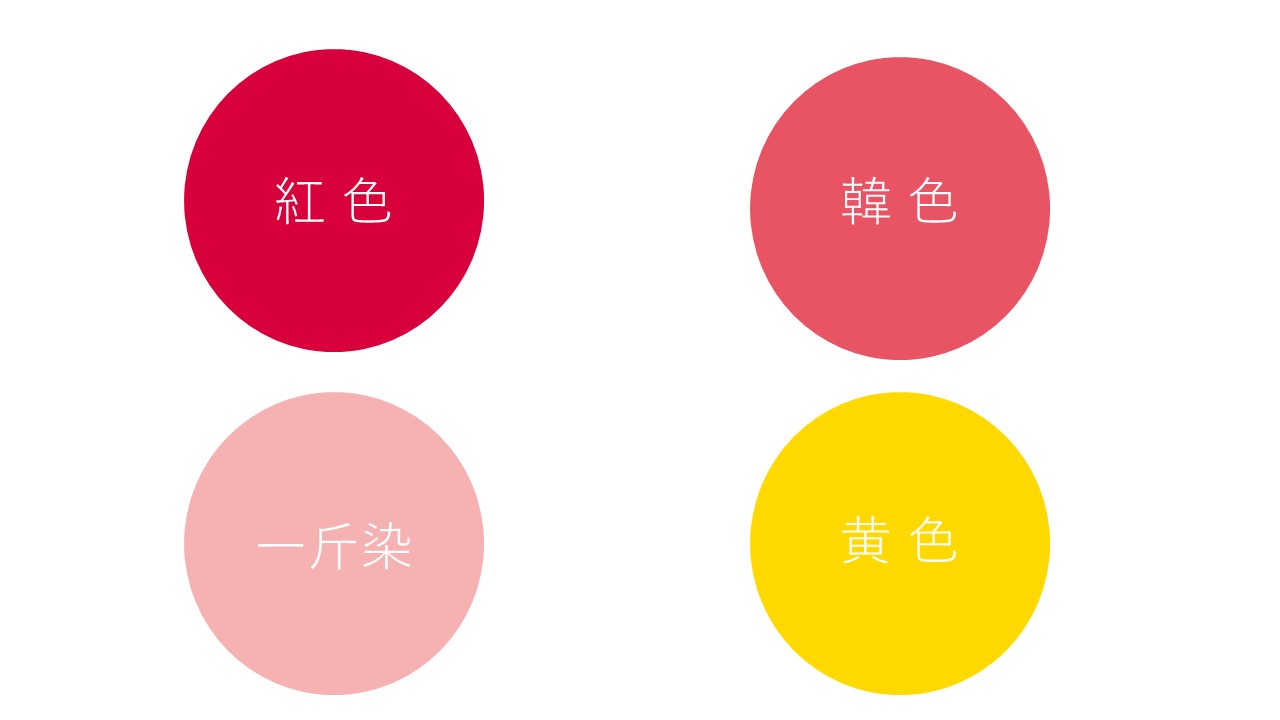
The safflower pigments include safrole yellow (yellow) and carsamine (red).
The four color samples are representative colors of safflower dyeing.
Approximately 99% of safflower is a yellow pigment, which is used for coloring silk and foods because it is water-soluble, easy to take out, and has an insect-preserving effect.
紅花の中に1%しか含まれない紅い色素は、水には溶けないため黄色色素を完全に取り除いてから、弱アルカリ水などを使って取り出します。
染める場合はさらに酢などを加え染色液を調整し、さらに染める回数を増やすことでより濃い紅色に染めることができます。
・Safflower dyeing activity
Safflower dyeing that you can feel free to experience all year round.
Children and adults can enjoy the experience and take back a beautiful hand-painted safflower-dyed handkerchief as a souvenir.
Most facilities require advance reservations, so please inquire.
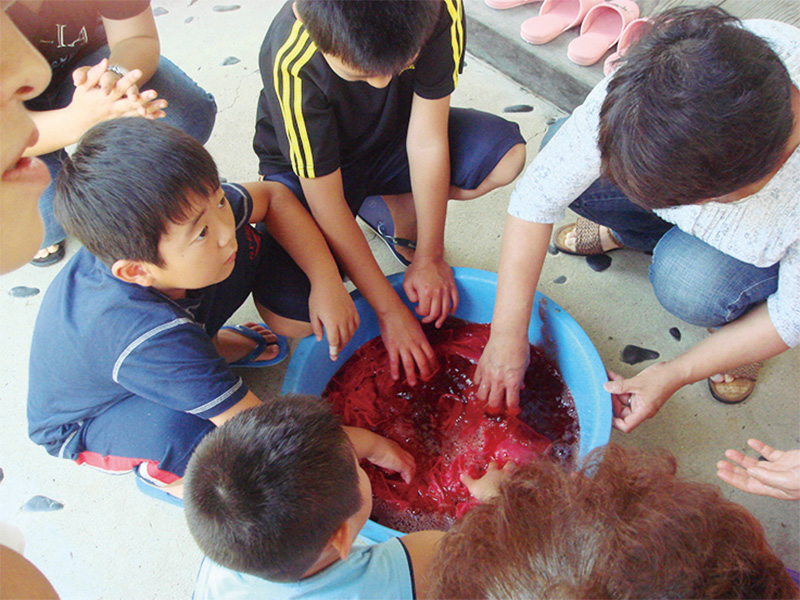
| Facility name | Address & Contact | Fee |
| Tendo city Watashi no Heya |
1-1-2 Honmachi, Tendo city Parte 1st floor |
Handkerchief: 1,080 yen (8 or more) Reservation required 2 days in advance |
| Tendo city Shogimura Tendo Tower |
1273-2 Kunomoto, Tendo City | 1,545 yen (5 people or more) Reservation required 3 days in advance |
| Kahoku Town Safflower museum |
1143 Bo Yachi, Kahoku Town | Handkerchief (large): 1,600 yen Handkerchief (small): 1,300 yen *Reservation required for five people or more at least one week in advance *Admission fee included |
| Takahata Town Yoneori Kankou Center |
7-1072 Fukuzawa, Takahata Town, Yamagata Prefecture | Handkerchief: 1,500 yen (tax included) Reservation required 1 week in advance |
| Yonezawa City Dye workshop Waku Waku Kan |
1-2-37 Gobyo, Yonezawa City | Handkerchief: 1,080 yen Scarf: 2,700 yen |
| Shirataka Town Benibana-Kan |
1707-1 Juo, Shirataka Town | Silk handkerchief: 1,500 yen Cotton handkerchief: 1,300 yen Reservation required two days in advance |
3. Let's go see safflower!
Events where cancelled for summer 2020 but you can still go see the flowers in the fields.
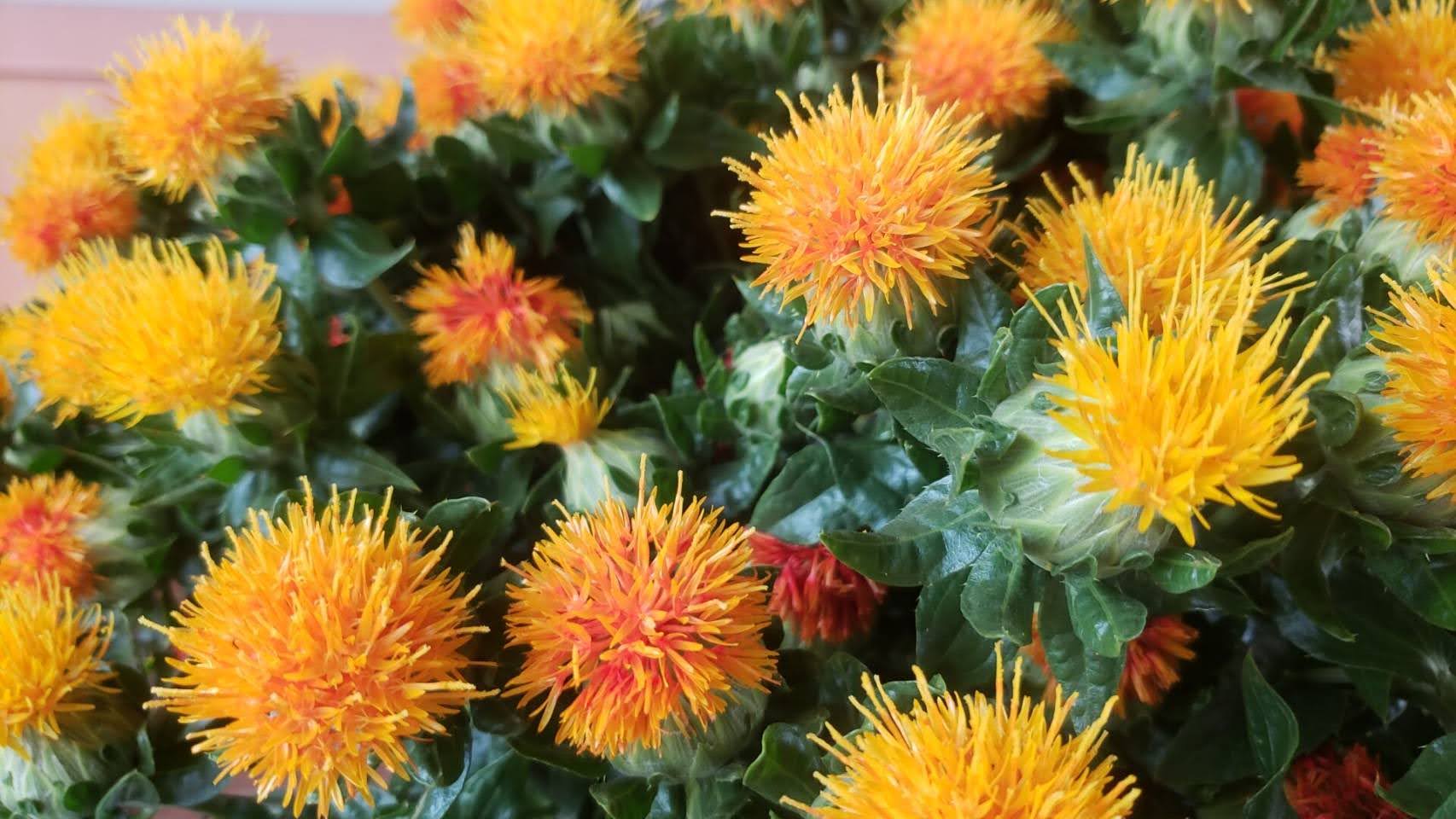
・Yamagata City
| Highlight | Location & Access |
| Takase Benibana Fureai Center | Shimo-higashiyama, Yamagata City 8 minutes by car from Yamagata Zao IC |
| Takasawa district | Takasawa, Yamagata City 15 minutes by car from Yamagata Zao IC |
Detailed information
![[Inquiries] Takase Benibana Fureai Center](https://www.visityamagata.jp/wp/wp-content/uploads/2019/06/紅花高瀬地区.jpg)
-
[Inquiries] Takase Benibana Fureai Center
1360 Shimo-higashiyama, Yamagata City, Yamagata Prefecture
023-686-3341023-686-3341
・Tendo City
| Highlight | Location & Access |
| Takase Benibana Fureai Center | Shimo-higashiyama, Yamagata City 8 minutes by car from Yamagata Zao IC |
| Takasawa district | Takasawa, Yamagata City 15 minutes by car from Yamagata Zao IC |
Detailed information
![[Inquiries] Tendo City Economic Department Commerce and Industry Tourism Division](https://www.visityamagata.jp/wp/wp-content/uploads/2020/07/紅花高瀬地区-2.jpg)
-
[Inquiries] Tendo City Economic Department Commerce and Industry Tourism Division
1-1-1 Oonomori, Tendo City, Yamagata Prefecture
023-654-1111023-654-1111
・Kahoku
| Highlight | Address & Access |
| Benibana Museum | 1143 Bo Yachi, Kahoku Town 10 minutes by car from Higashine IC 15 minutes by car from Sagae IC |
Detailed information
![[Inquiries] Kahoku Town Tourism Association](https://www.visityamagata.jp/wp/wp-content/uploads/2020/07/紅花高瀬地区.jpg)
-
[Inquiries] Kahoku Town Tourism Association
885-1 Ki Yachi, Kahoku Town, Yamagata Prefecture
0237-72-37870237-72-3787
| Highlight | Address & Access |
| Benihana Romantic Road | Junido Yachi, Kahoku Town 10 minutes by car from Higashine IC 15 minutes by car from Sagae IC |
| Kahoku Roadside Rest Area north side | 349-1 & 350-1 Shitano Yachi, Kahoku Town 5 minutes by car from Higashine IC 15 minutes by car from Sagae IC |
| West along Prefectural Road 282 (near the north side of Hina-no-Kodomo Kindergarten) | 193 & 194 Baba Mizonobe, Kahoku Town 10 minutes by car from Higashine IC 10 minutes by car from Sagae IC |
Detailed information
![[Inquiries] Kahoku Town Business and Industry Tourism Division](https://www.visityamagata.jp/wp/wp-content/uploads/2020/07/紅花高瀬地区-1.jpg)
-
[Inquiries] Kahoku Town Business and Industry Tourism Division
81 Bo Yachi, Kahoku Town, Yamagata Prefecture
0237-73-51620237-73-5162
・Shirataka
| Highlight | Address & Access |
| Juo district (approximately 500m east of National Route 348) | Juo, Shirataka Town 5 minutes by car from Arato Station on the Flower Nagai Line |
| Takino district (along National Route 348, near the TakinoCommunity Center) | Takino, Shirataka Town 10 minutes by car from Arato Station on the Flower Nagai Line |
| Ogino district | Ogino, Shirataka Town 20 minutes by car from Arato Station on the Flower Nagai Line |
| Nakayama area (Nursing Home My Sky Nakayama soba) | Nakayama, Shirataka Town 15 minutes by car from Arato Station on the Flower Nagai Line |
Detailed information
![[Inquiries] Shirataka Town Tourism Association](https://www.visityamagata.jp/wp/wp-content/uploads/2020/07/紅花高瀬地区-3.jpg)
-
[Inquiries] Shirataka Town Tourism Association
1296-1 Arato, Shirataka Town, Yamagata Prefecture
0238-86-00860238-86-0086
4. Try safflower!
Safflower is used not only as a dye but also for food.
You can soak or tempura the young vegetables before they bloom, or you can drink the flowers as tea.
Tea is also sold as souvenir, so if you are interested, please give it a try.
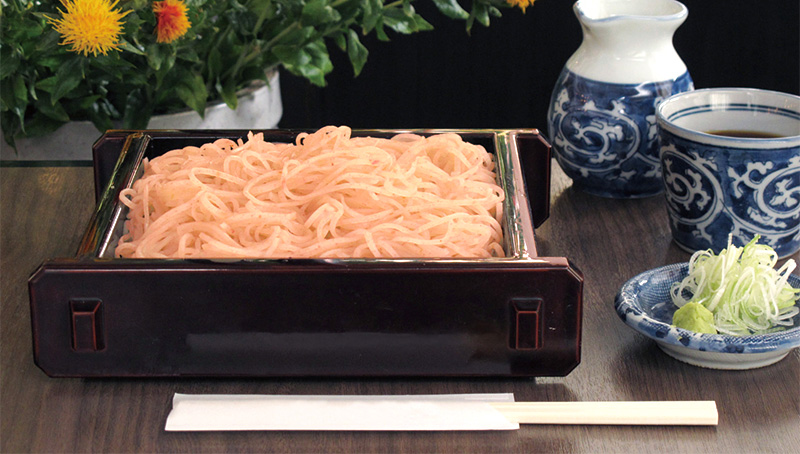
As you can see in this picture, safflower is sometimes used kneading it into noodles.
The pink noodles are so beautiful.
In the central area of Yamagata City, restaurants offer a variety of creative dishes using safflower to entertain customers as part of the “Yamagata Beni Kaido Campaign.”
*Cancelled in 2020.
If you have a chance, please try it once.
5. Conclusion
What did you think?
If you learn about safflower you will know the culture and history of Yamagata.
Basho sang
“They make recall ~ a lady’s powder puff ~ these saffron blossoms”
in one of his haiku.
Basho probably traveled to Yamagata when he was a safflower.
Perhaps I was watching a vast safflower field on the way to Yamadera.
In 2018, “Safflower culture supported by Yamadera” was certified as a Japanese Heritage, and is appealing to many people.
When you come to Yamagata, please experience the safflower culture.

![[Feature] Miraini! Sakata Activity Hub](https://www.visityamagata.jp/wp/wp-content/uploads/2024/02/compile-image_1707742235039.png)
![[Feature] Yamagata 0035 KIYOKAWAYA! A complex perfect for souvenirs](https://www.visityamagata.jp/wp/wp-content/uploads/2023/04/01_top_0035.jpg)
![[Summary] Yamagata Prefecture Beach Information! Enjoy the sea in Shonai](https://www.visityamagata.jp/wp/wp-content/uploads/2022/07/海 海水浴.jpg)
![[Activity] Mt. Kumanodake & Okama in Winter! Go up Zao in snowshoes](https://www.visityamagata.jp/wp/wp-content/uploads/2022/03/お釜トレッキング_お釜01.jpg)
![[Feature] Chilled sweets! Refreshing desserts in Yamagata](https://www.visityamagata.jp/wp/wp-content/uploads/2022/08/d461a2286ad77664a3974ebd5a84b4b8.jpg)